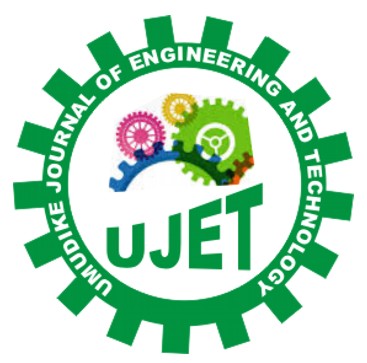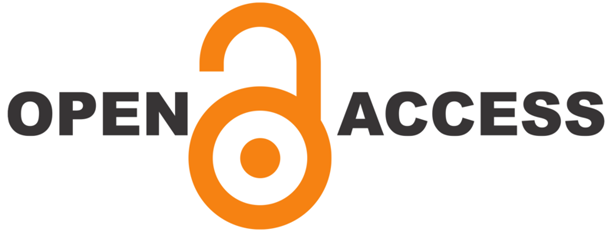|
Duruanyim, I. L.
Department of Agricultural and Bioresources Engineering, Federal University of Technology,
Owerri, Imo State, Nigeria.
Egwuonwu, C. C.
Department of Agricultural and Bioresources Engineering, Federal University of Technology,
Owerri, Imo State, Nigeria.
Okorafor, O. O.
Department of Agricultural and Bioresources Engineering, Federal University of Technology,
Owerri, Imo State, Nigeria.
Ofoma, A. N.
Department of Agricultural and Bioresources Engineering, Federal University of Technology,
Owerri, Imo State, Nigeria.
ABSTRACT
Accurate estimation of soil infiltration rates is
essential for effective water resources management, irrigation planning, and
erosion control. This study assessed the applicability of Philips infiltration
model in the Okigwe Zone of Imo State, Nigeria, using field and laboratory
data. Soil samples were collected from two representative locations Okwelle and
Okigwe and analyzed for particle size distribution, specific gravity, and
porosity. Infiltration measurements were conducted in situ using a double ring
infiltrometer, and the observed values were compared with those predicted by
Philips model. Statistical evaluation of model performance, based on the
coefficient of determination (R2 = 0.401), root mean square error
(RMSE = 2.31), and t-test results, revealed a consistent under-prediction by
the model 37.2% in Okwelle and 9.9% in Okigwe. To improve accuracy, correction
factors of 1.593 and 1.110 were developed for the respective sites. The results
underscore the limitations of using un-calibrated Philips model in
heterogeneous soil environments and highlight the need for localized model
adjustments. This study contributes to the ongoing efforts to optimize
infiltration modeling for improved hydrological assessments in tropical regions.
Keywords: Philip model, infiltration rate, soil, water, infiltrometer
https://doi.org/10.33922/j.ujet_v11i2_2
|
View: 153 | Download: 15
Published
Monday, July 14, 2025
Issue
Vol. 11 No. 2, December 2025
Article Section
GENERAL
The contents of the articles are the sole opinion of the author(s) and not of UJET.
|


